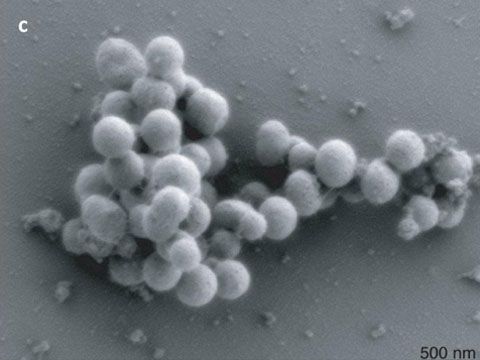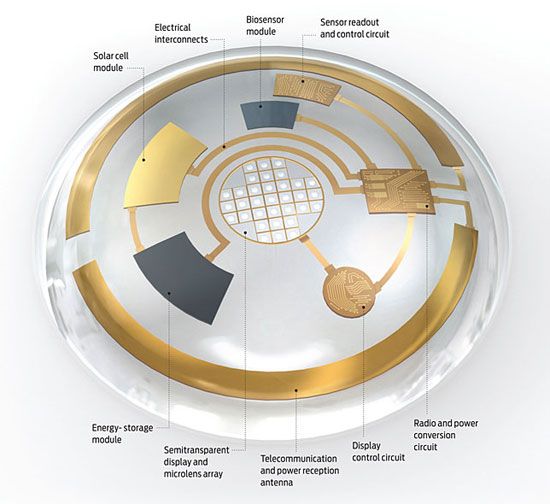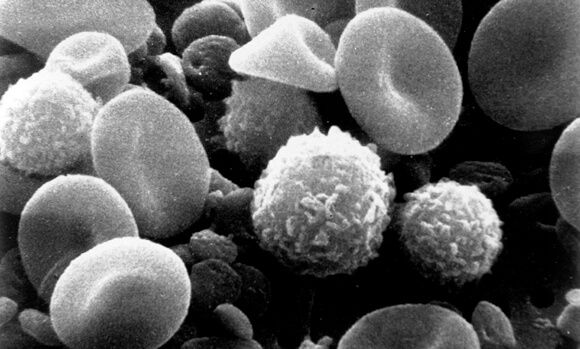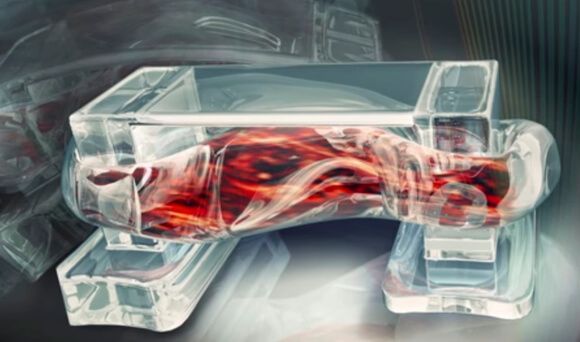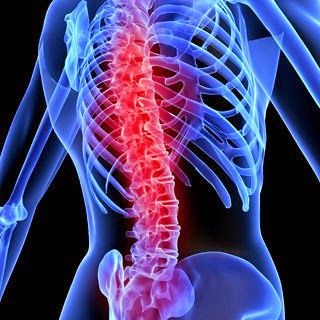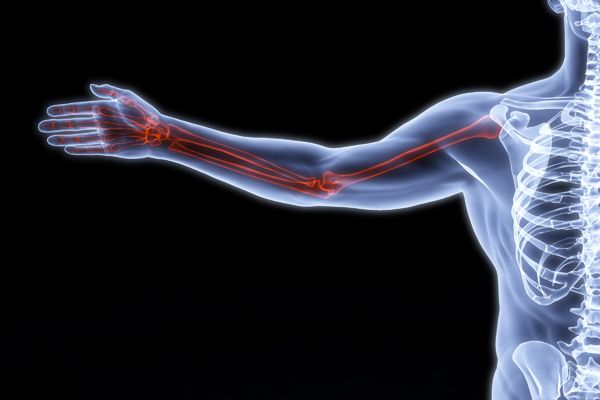Sep 13, 2014
Neuromodulation 2.0: New Developments in Brain Implants, Super Soldiers and the Treatment of Chronic Disease
Posted by Seb in categories: biotech/medical, defense, transhumanism
Written By: Steven Kotler — Sigularity Hub

Brain implants here we come.
DARPA just announced the ElectRX program, a $78.9 million attempt to develop miniscule electronic devices that interface directly with the nervous system in the hopes of curing a bunch of chronic conditions, ranging from the psychological (depression, PTSD) to the physical (Crohn’s, arthritis). Of course, the big goal here is to usher in a revolution in neuromodulation—that is, the science of modulating the nervous system to fix an underlying problem.
